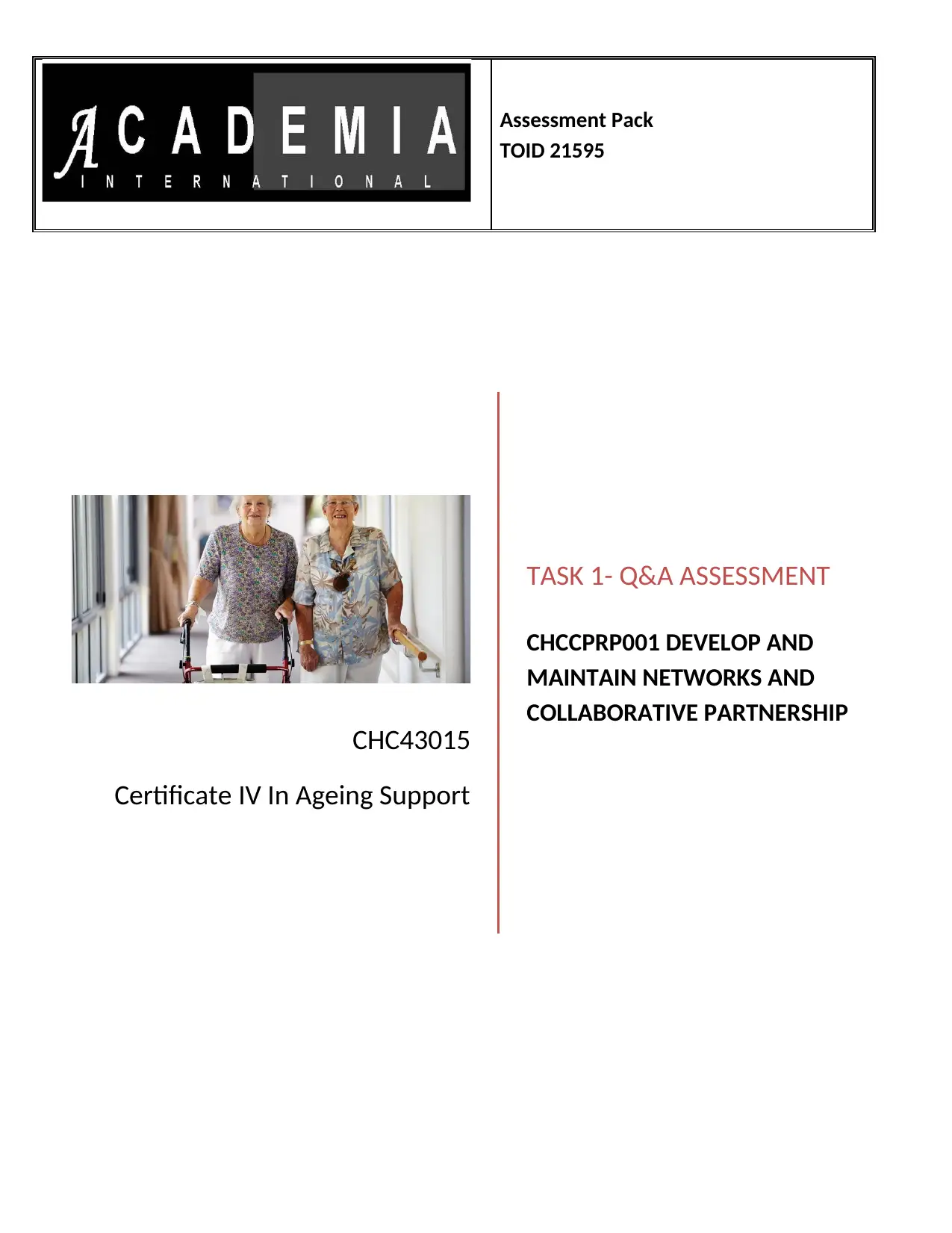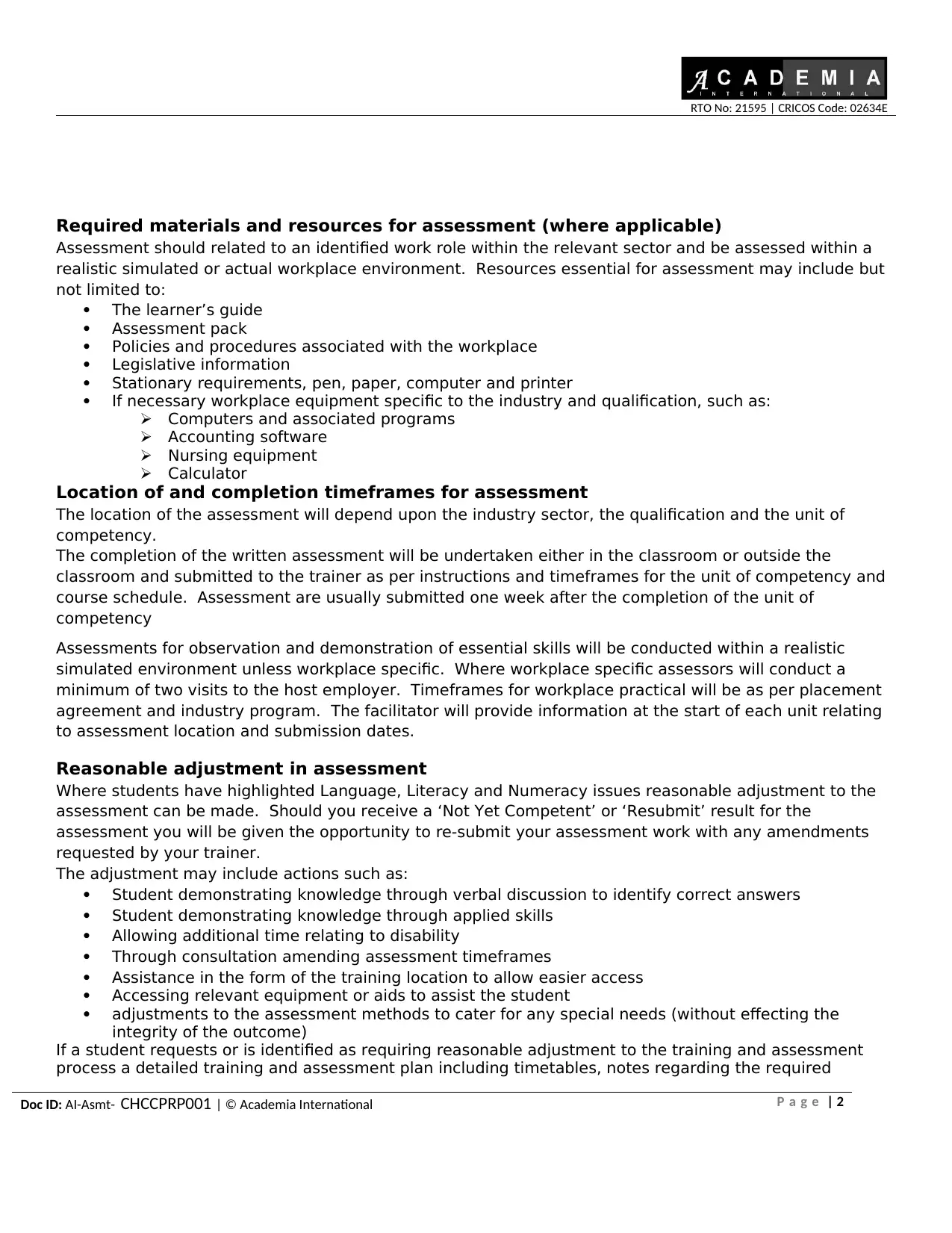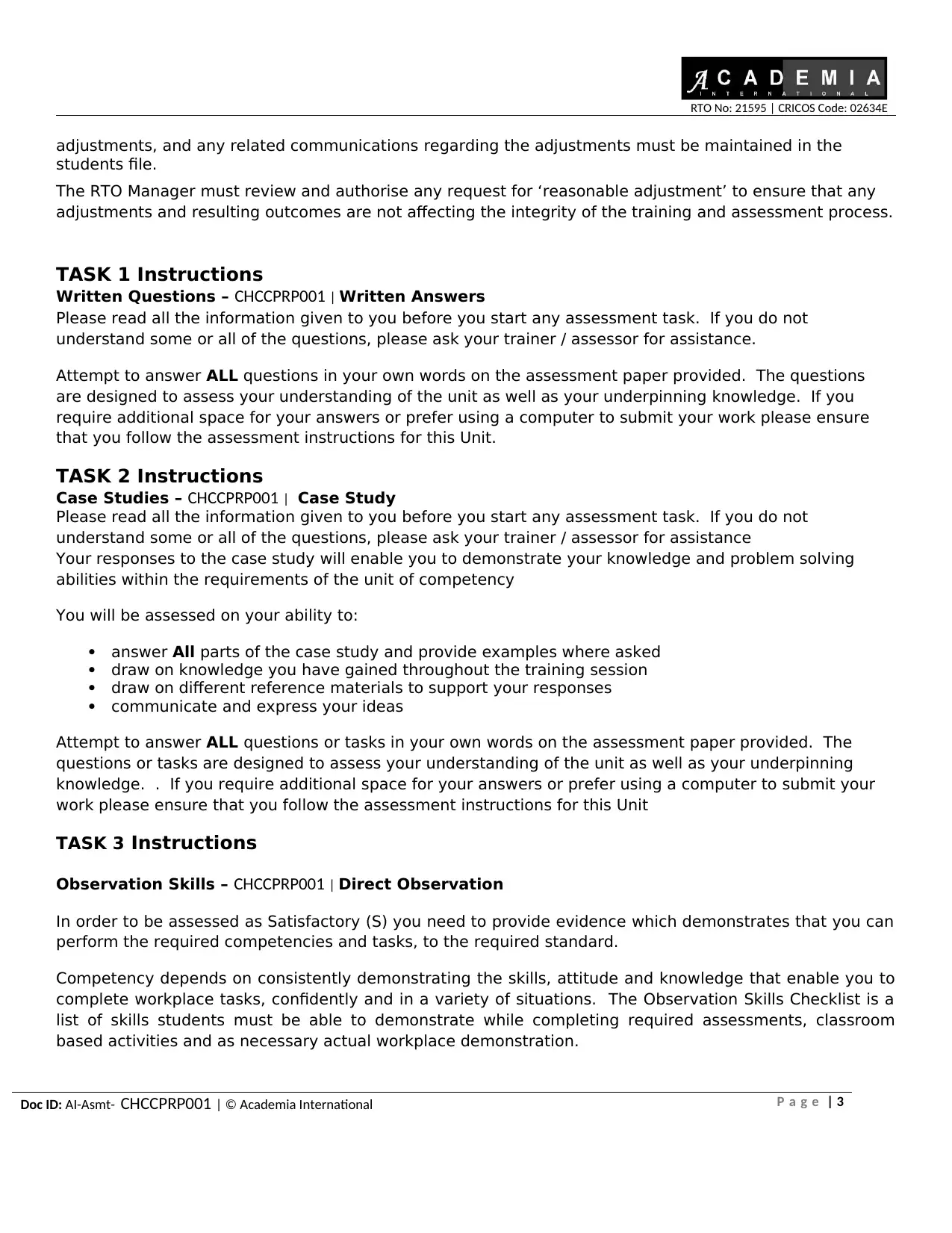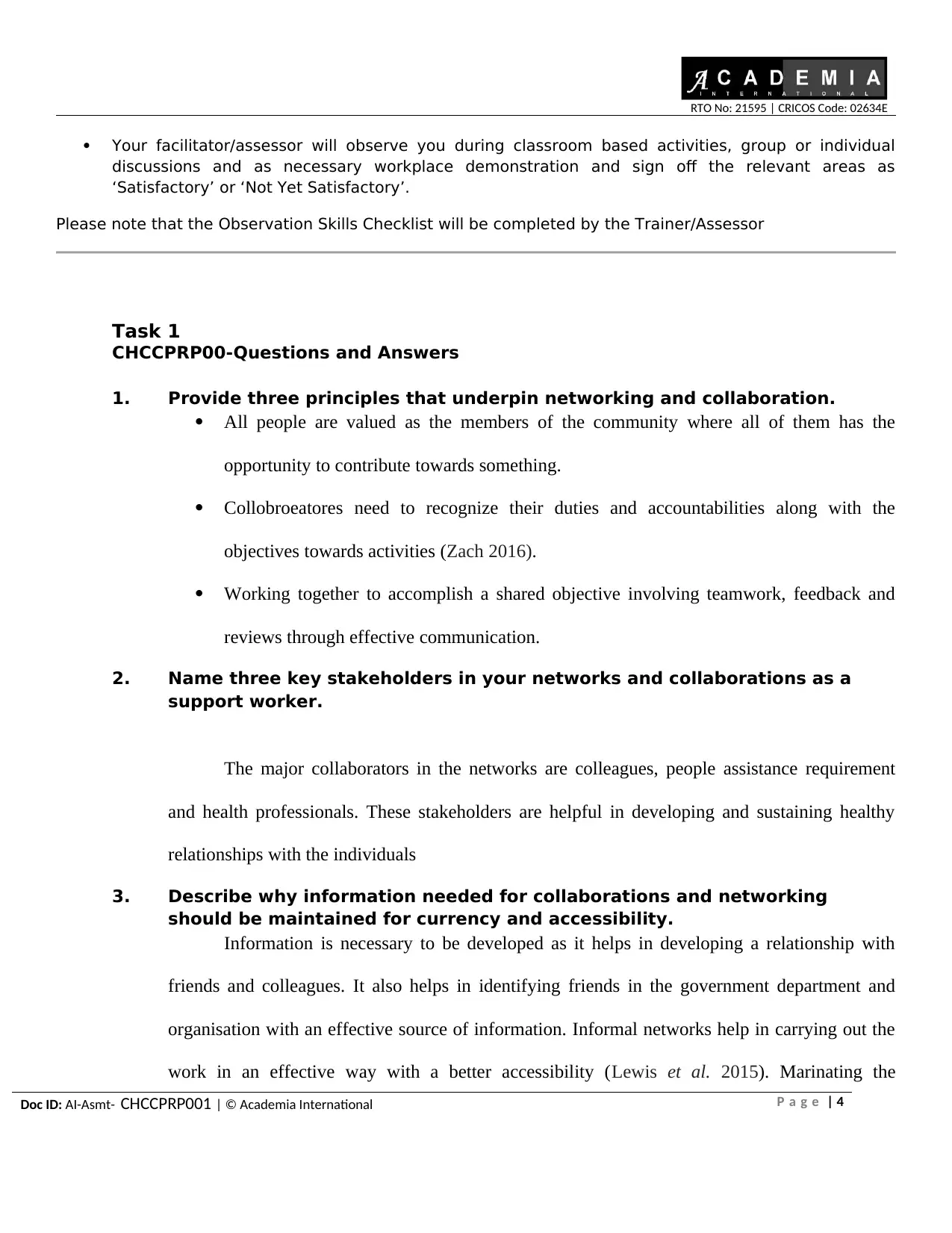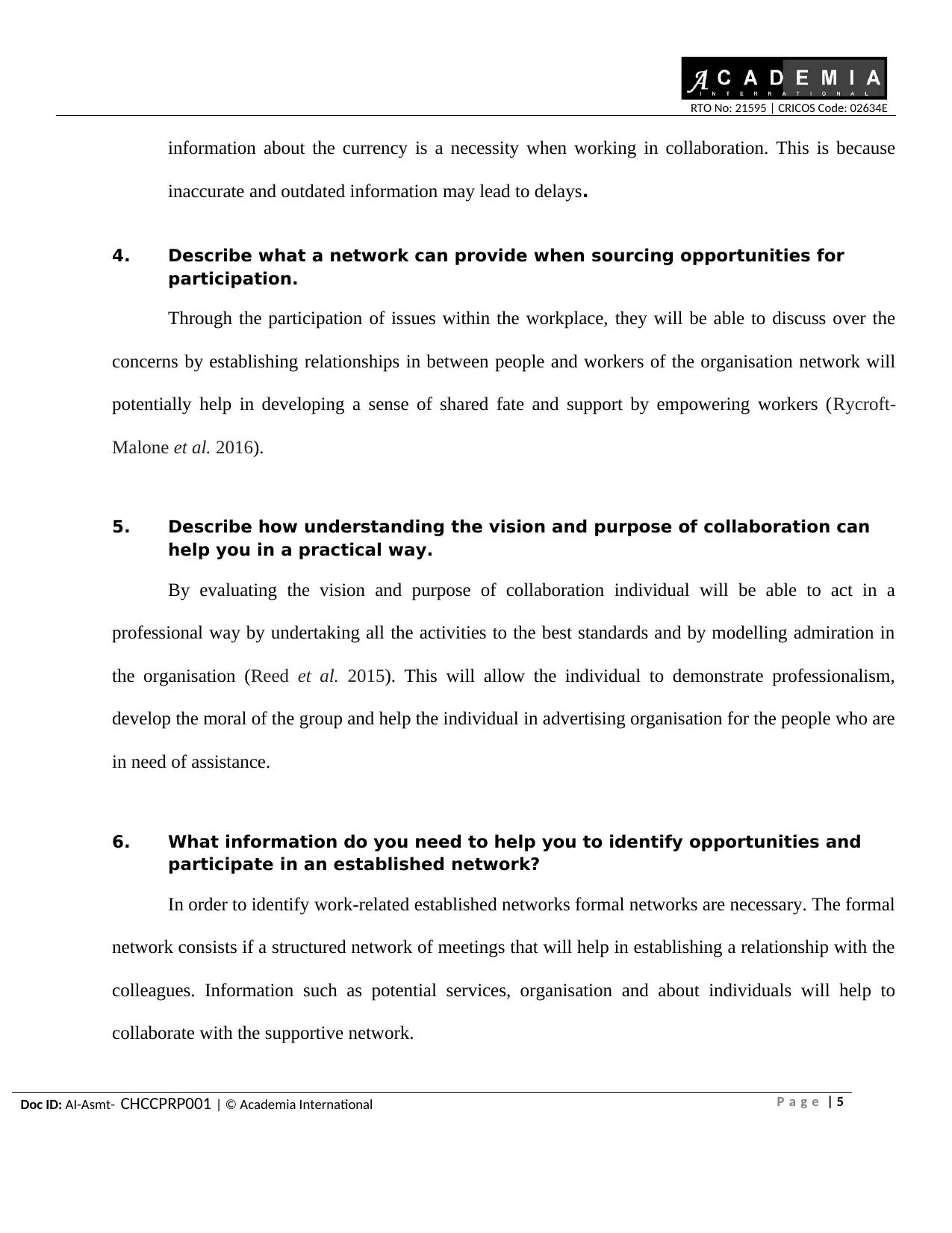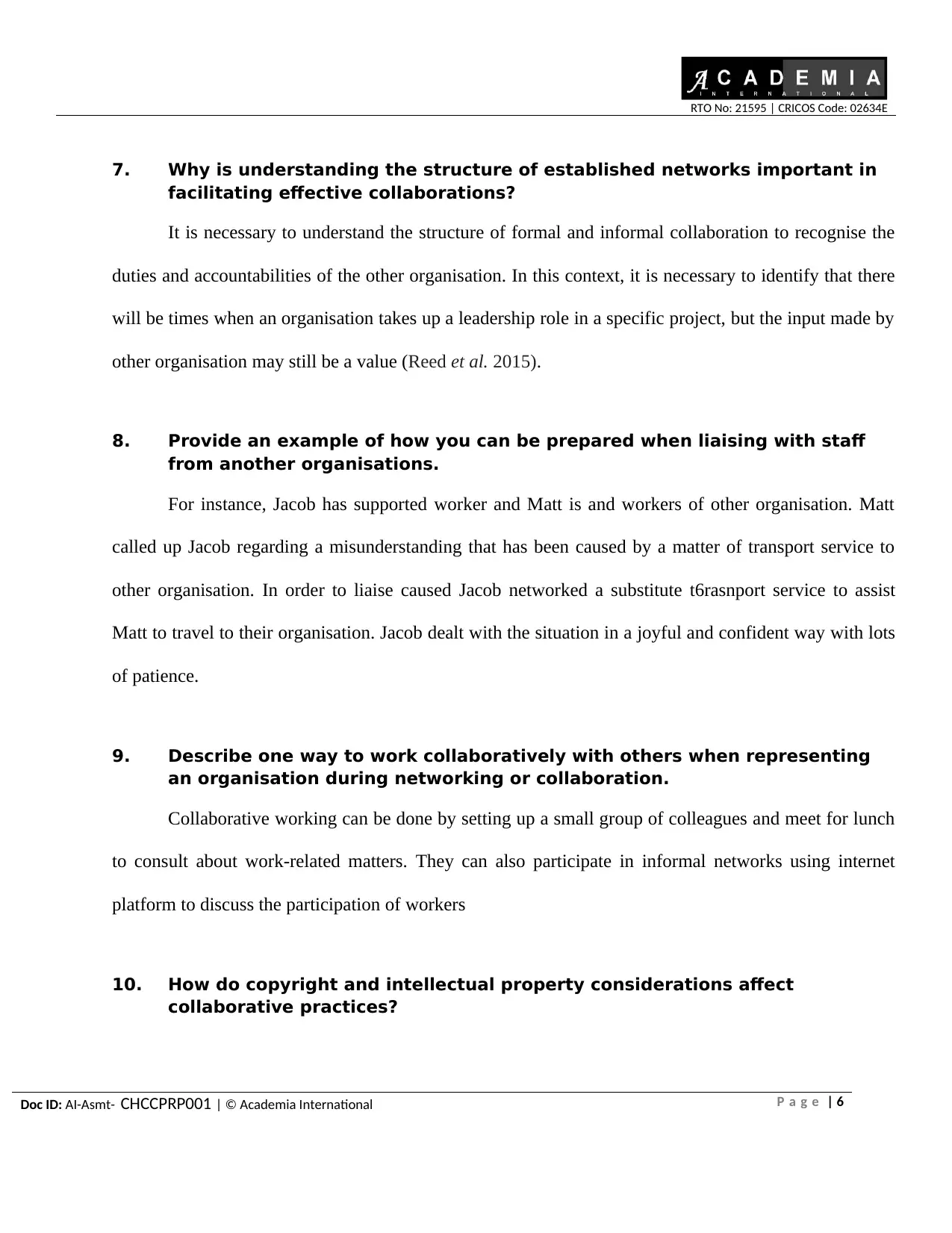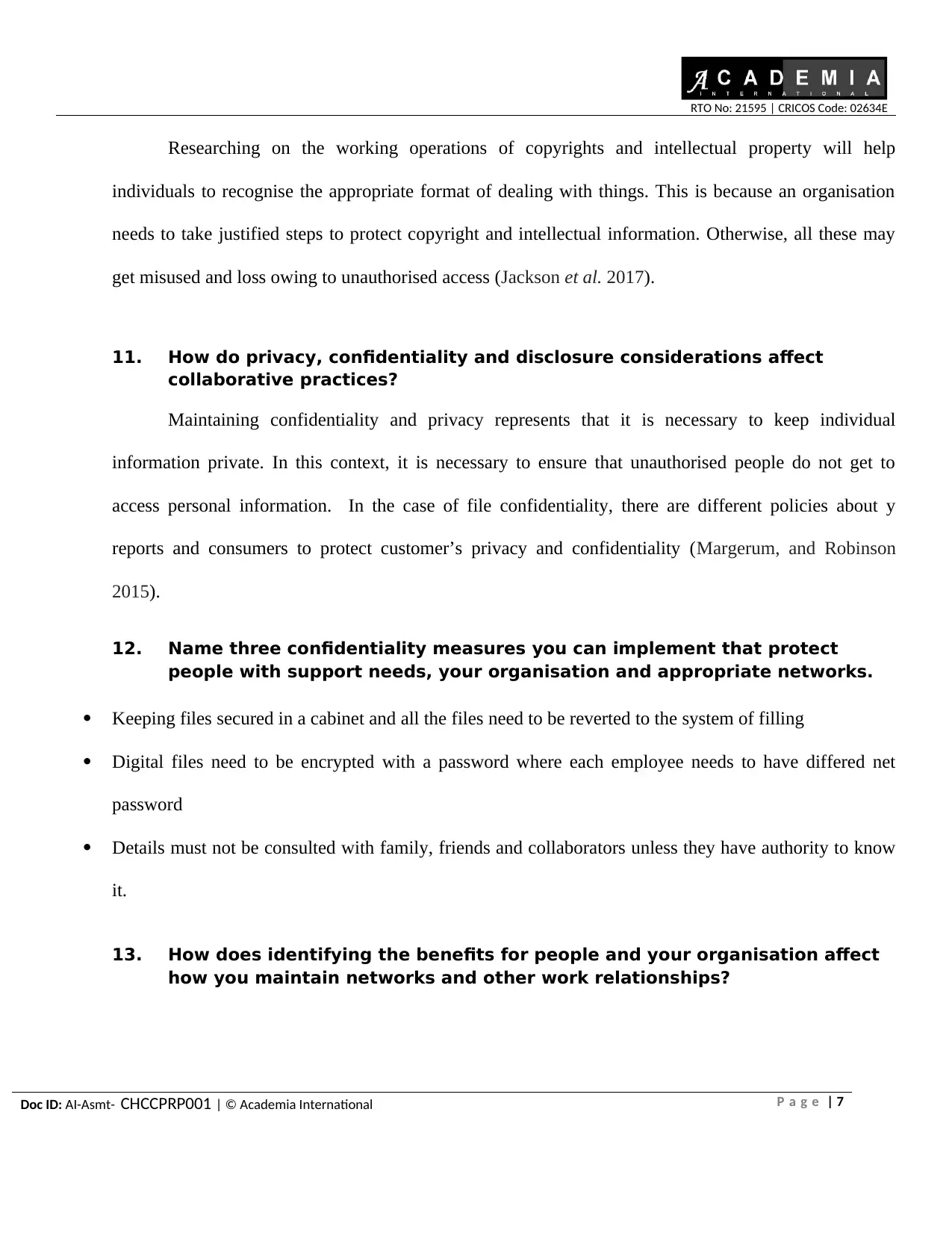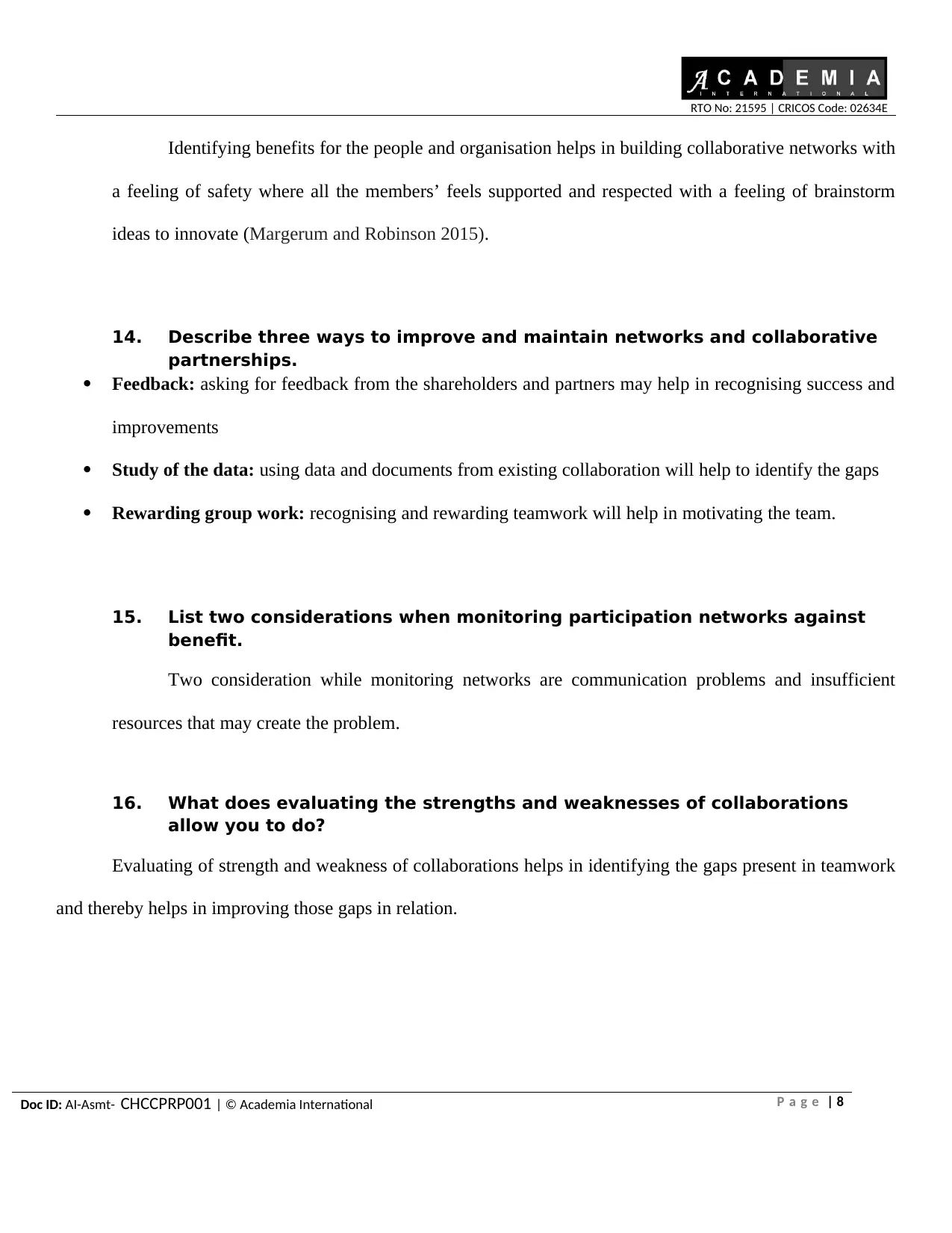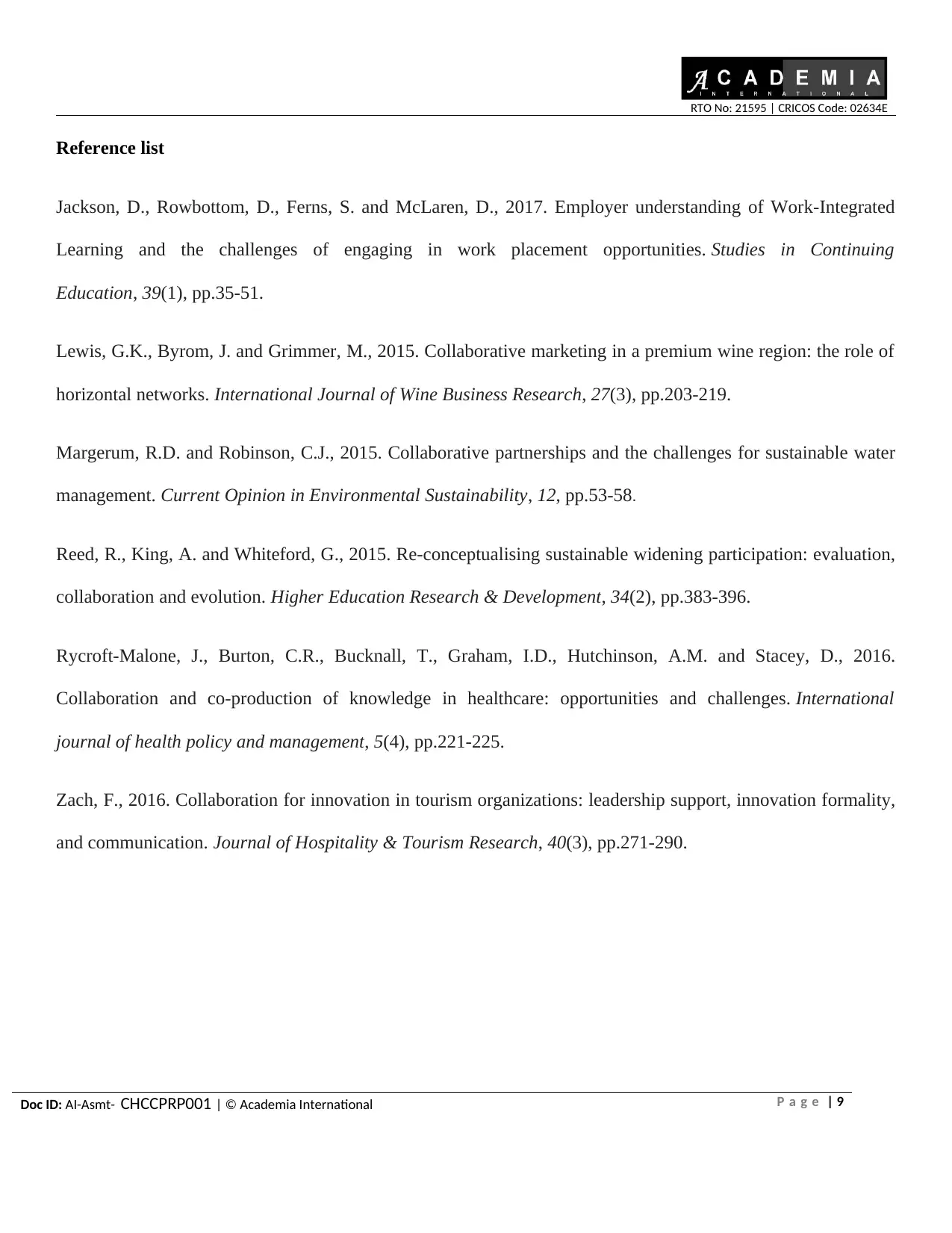This assessment pack is for CHCCPRP001 Develop and Maintain Networks and Collaborative Partnership unit of CHC43015 Certificate IV In Ageing Support course. It includes written questions, case studies and observation skills. The pack also provides information on required materials and resources, location and completion timeframes for assessment, and reasonable adjustment in assessment. The written questions cover principles of networking and collaboration, key stakeholders, maintaining information, sourcing opportunities, understanding vision and purpose, liaising with staff, copyright and intellectual property considerations, privacy and confidentiality measures, and identifying benefits for people and organisation. The case studies and observation skills focus on practical application of the unit.
![[object Object]](/_next/static/media/star-bottom.7253800d.svg)
![[object Object]](/_next/static/media/star-bottom.7253800d.svg)
